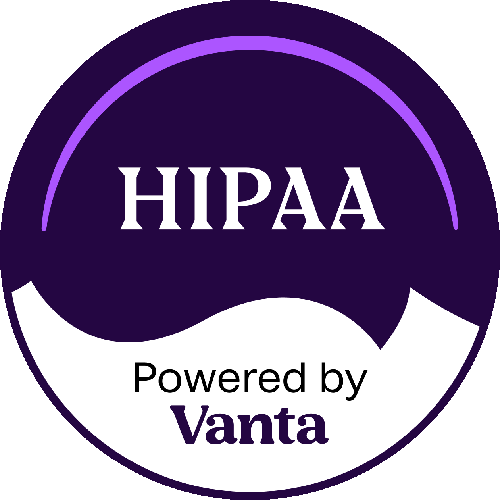Although many hospitals and clinics have made the move to electronic medical and health records (EMR/EHR), many physician practices are just beginning to scan and digitize their patient charts.
We are also seeing the acquisition of many clinics and physician practices by hospitals to bring everybody under one roof and using a common EMR/EHR platform.

There are many vendors that offer scanning and document conversion services, but how do you select a vendor you can work with and develop a relationship that will assure the accurate transfer of critical healthcare information from a piece of paper to an electronic health record?
Listed below are ten things you should consider as you evaluate vendors that can augment your in-house capabilities by performing a complete scanning and abstraction service for your files still on paper and sitting in file folders on a shelf or in file cabinets.
The success of any EMR/EHR system will be greatly influenced by the doctor having ALL the patient’s medical record history in the new system.Providers do not want to see some information on the computer screen or on their tablet, and then have to shuffle through a paper file to find other critical information to assure proper care and treatment of the patient.
The first challenge you will face is whether to scan the entire patient chart or just scan a select set of documents. The decision can be difficult and it will have potential long-term consequences for the healthcare facility and the physicians they work with.
When making the decision to scan your patient charts you will want to consider these 10 important things:
- Practice setting: How many doctors are involved in the decision-making process?
- Size of the current practice: How many patient charts must be scanned?
- Budget allocated for the project: How was the budget established?
- In-house or outsource: Should you attempt to do this project with current staff, hire temporary staff or outsource the project to an experience healthcare service provider that understands the importance of getting the right information into your EMR/EHR system?
- Staffing: Scanning documents and abstracting information is not something you want to take lightly. Yes, your staff understands the importance of getting legacy information into your new system, but will they be too busy to really focus on a conversion of paper files? If you outsource, you will want to use a vendor that has qualified individuals performing the abstraction of discrete clinical data elements from each chart, proper workflow that meets your requirements and for reporting exceptions.
- Physical space: Paper files can take up a lot of room, or may be down the hall or even in an off-site storage facility. You will want to work with a vendor that can take all your legacy files without compromising the care of your patients. The vendor must be able to provide access to your charts within 2 hours or less upon request. The vendor must establish a scanning and abstraction schedule that will assure all your patient information is in the EHR system when they arrive for appointments.
- Hardware: If you choose to scan your own files, you will want to talk to a vendor that can provide the appropriate scanners for your project.
- Timeline: Productivity will decrease during the first few months of your EHR go-live date, which can dramatically impact the practice revenue due to reduced appointment schedule for the first 90 days.
- Selective scanning and abstraction: If this method is under consideration at your practice, you must consider the amount of time it will take a staff member to go through each chart and determine what pages are to be scanned. The average time it takes for an employee to find and scan 20 to 30 images from an entire chart will be about 35 minutes per chart. We estimate this cost to be around $10.00 a chart based on salary and benefits.
- Outsourced scanning and abstraction: An alternative to selective scanning is having a professional document conversion service company scan and abstract data capture using qualified individuals that understand your system, can import directly into your EHR system, or host your patient chart images in a web-hosted secure repository that you can access 24X7X365 from any computer, tablet or cell phone.
Talk to one of our healthcare professionals today and learn how we can advise you on best practice approaches to your project. Having a professional company advise you in making theses decision can have a significant impact on satisfaction and cost of your project. Improved workflows and centralized information create better outcomes for your patients.


